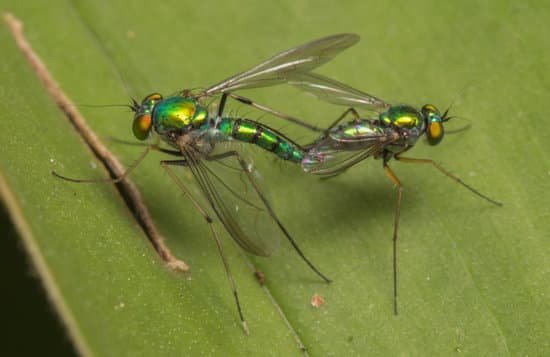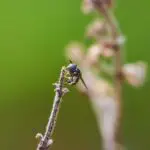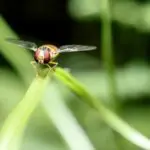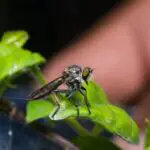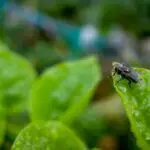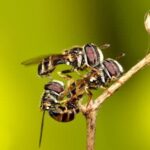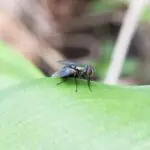How Do Insects Breathe?
Insects don’t have lungs; instead, they breathe through a network of tiny tubes called tracheae. The air enters through a series of holes on the abdomen and diffuses down the tracheae. The larger the insect, the longer the tracheae are. This allows the minimal amount of oxygen required by the body to reach further into the tracheae. Some insects have specialized mechanisms that increase the amount of oxygen delivered mechanically.
Scientists have studied gas exchange in flying insects with a new gas analyser. The new device is sensitive enough to detect minute changes in the flies’ respiratory rates. These tiny changes revealed huge cyclic fluctuations in fly CO2 release, even though the animals’ metabolic rate remained constant. While humans can generate one Js-1 kg of metabolic flux per second, flying insects can generate up to 600 times as much.
Flying insects, like fruit flies, breathe air through tiny openings called spiracles. These spiracles are a part of a series of tubes known as tracheae. Oxygen dissolved in the tracheoles diffuses throughout the insect’s cells. Humans can die without oxygen in minutes, but insects can survive for hours without it.
The digestive process of flies is complex. Not only do they eat a wide variety of food, but they also spit on their food. This means that their food may contain feces or urine. Insects, like all animals, need time to rest. Their circadian rhythms change according to their needs.
